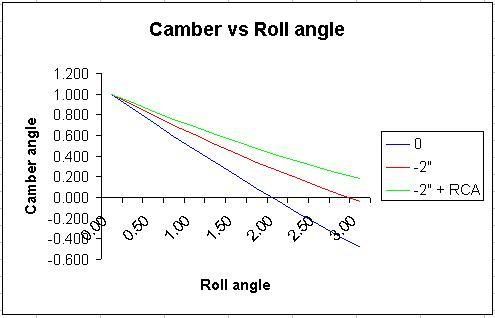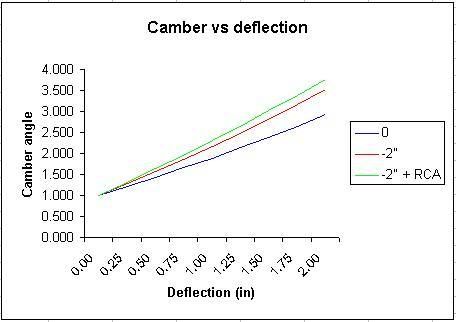- Joined
- Aug 18, 2008
- Messages
- 4,081
The reason I like this stuff is because I am designing my own single seater autotest car. In a project like this testing isn't an option, I don't have a big budget to try out things so it has to be right first time when it gets built. Because of this, I need to do the maths so I know how everything works and I can, as near as possible, predict how the thing will perform. All this theory work is massive overkill and pretty pointless for a road/track car, as you say, simply driving it is a much better use of ones time!
I simply transfer the theory stuff I do over to the Civic because I can, it usually whiles away a few hours at work when things are slow. At the end of the day, it's just my daily hack that I happen to autotest once a month a do maybe one trackday a year in.
I simply transfer the theory stuff I do over to the Civic because I can, it usually whiles away a few hours at work when things are slow. At the end of the day, it's just my daily hack that I happen to autotest once a month a do maybe one trackday a year in.
Last edited:


